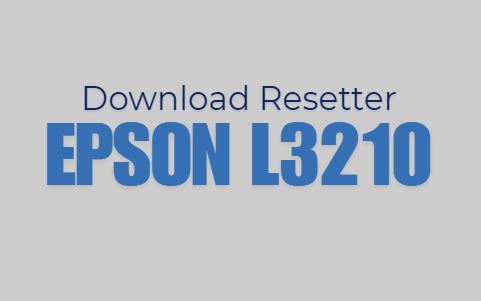Forex.com vs. Oanda: Which Broker Offers Better Trading Spreads?
Forex.com vs. Oanda: Which Broker Offers Better Trading Spreads?
Investing in financial markets is quite tricky, and getting the right trading platform is vital for success. Forex trading has broadened its reach in recent years, with many brokers available on the market offering different options, trading functionalities and fees. In this article, we compare two essential players in the forex industry, Forex.com and Oanda, to help you find the best trading platform for your finance journey.
Understanding better trading spreads
Forex trading is known for its low spreads, where brokers earn their profits from commissions or spreads. A spread refers to the difference between the ask and bid prices in the currency markets. Brokers charge a particular amount of pip from the spread. For instance, if the spread is one pip, you pay $1 for every 10,000 units traded. However, finding a low spread is not easy, as brokers have to adjust their prices according to market volatility levels.
Forex.com Spreads
Forex.com provides two types of accounts, the Standard Account and Commission Account. The Standard Account charges a spread of 1.4 on EUR/USD trades, while the commission account charges 0.2 pips along with a commission of $5 for every $100,000 traded. Forex.com offers more trading options with over 80 currencies, along with indices and commodities.
Oanda Spreads
Oanda provides a traditional account, which charges commissions of 0.9 pips on EUR/USD trades. It also offers a Core Pricing + Commission account, which charges 0.1 pip on EUR/USD trades and a commission of $5. Oanda has a broad range of currency pairs, indices, and commodities compared to Forex.com.
Conclusion and Suggestion
While Forex.com and Oanda have their individual unique advantages, both brokers provide low spreads, excellent trading platforms and pricing structures for traders. However, when deciding which broker to choose, it is essential to consider all aspects such as trading preferences, fees, available currencies and the commissions charged. Ultimately, traders must look for a broker that meets their trading needs and provides a suitable platform for growth.







